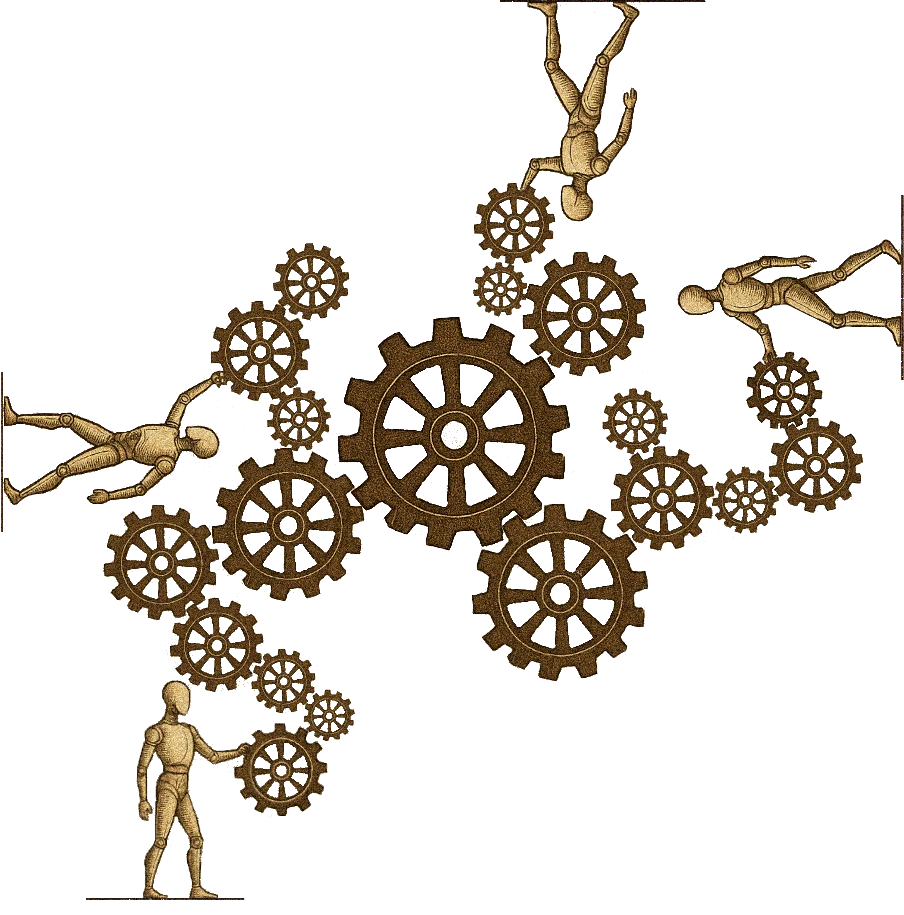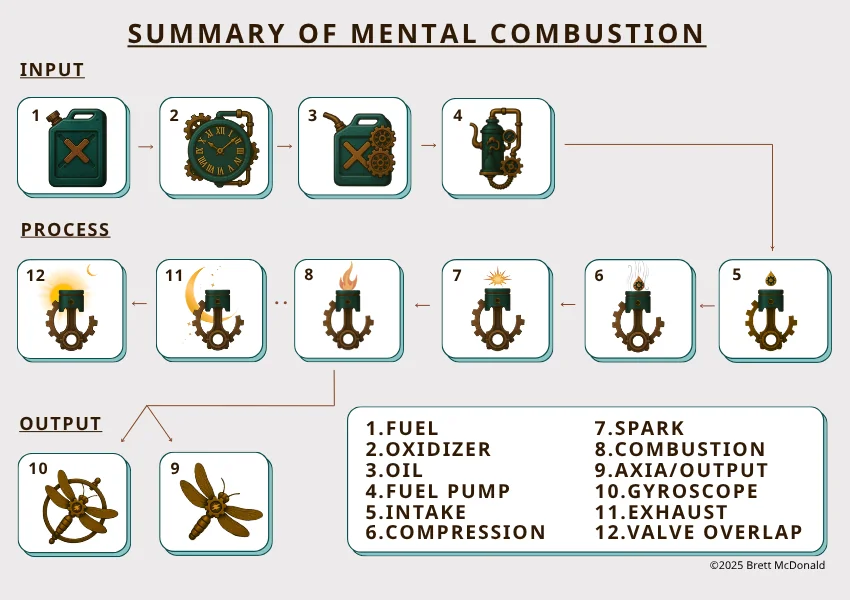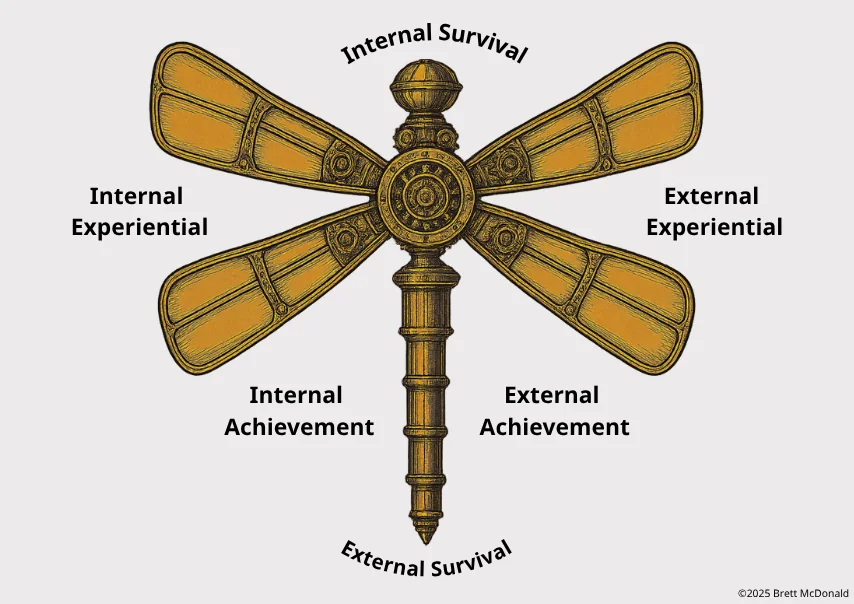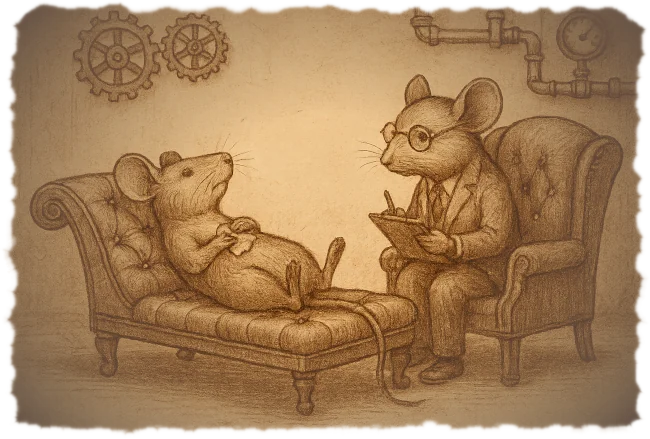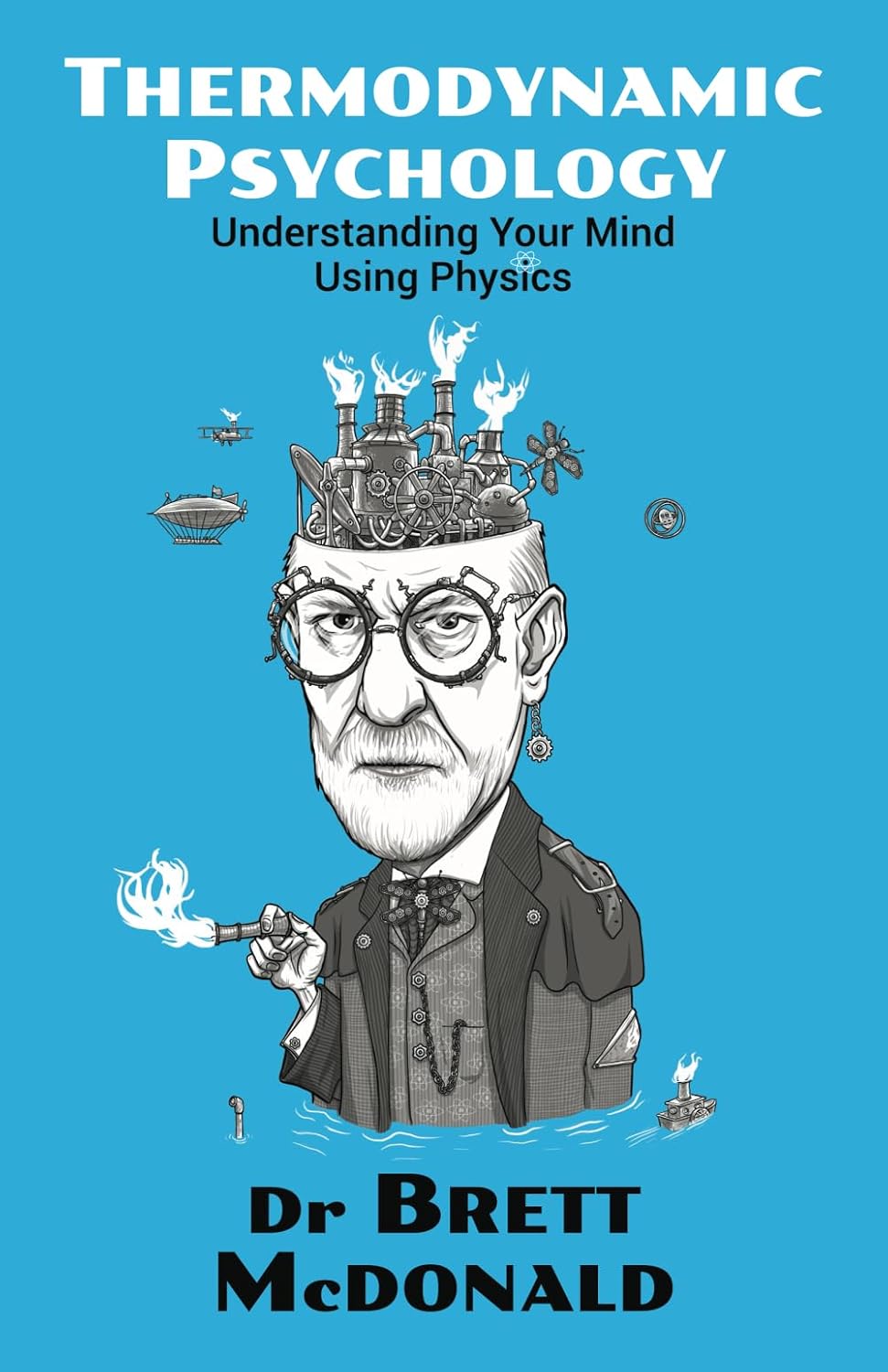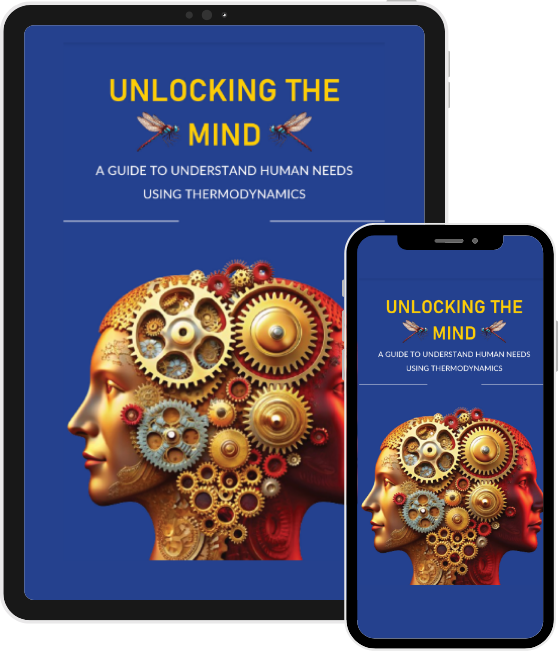Here’s an embarrassing truth about humanity: the thing we use to understand everything is the thing we understand the least—our own minds. You don’t believe me? Just look up “How does the mind work?” and see how everyone dances around the issue.
You either get a bunch of technical information about the brain, or you get a lot of spiritual, meditative, self-helpy stuff. We probably skip over the real issue because we’d rather not admit how little we really understand about it—especially how your mind actually works in everyday thought, emotion, and behavior.
